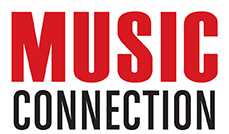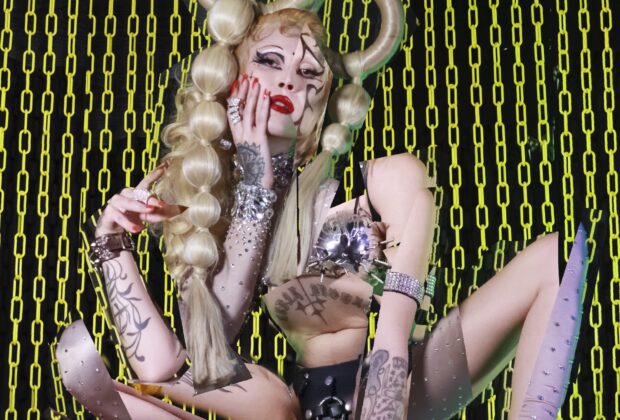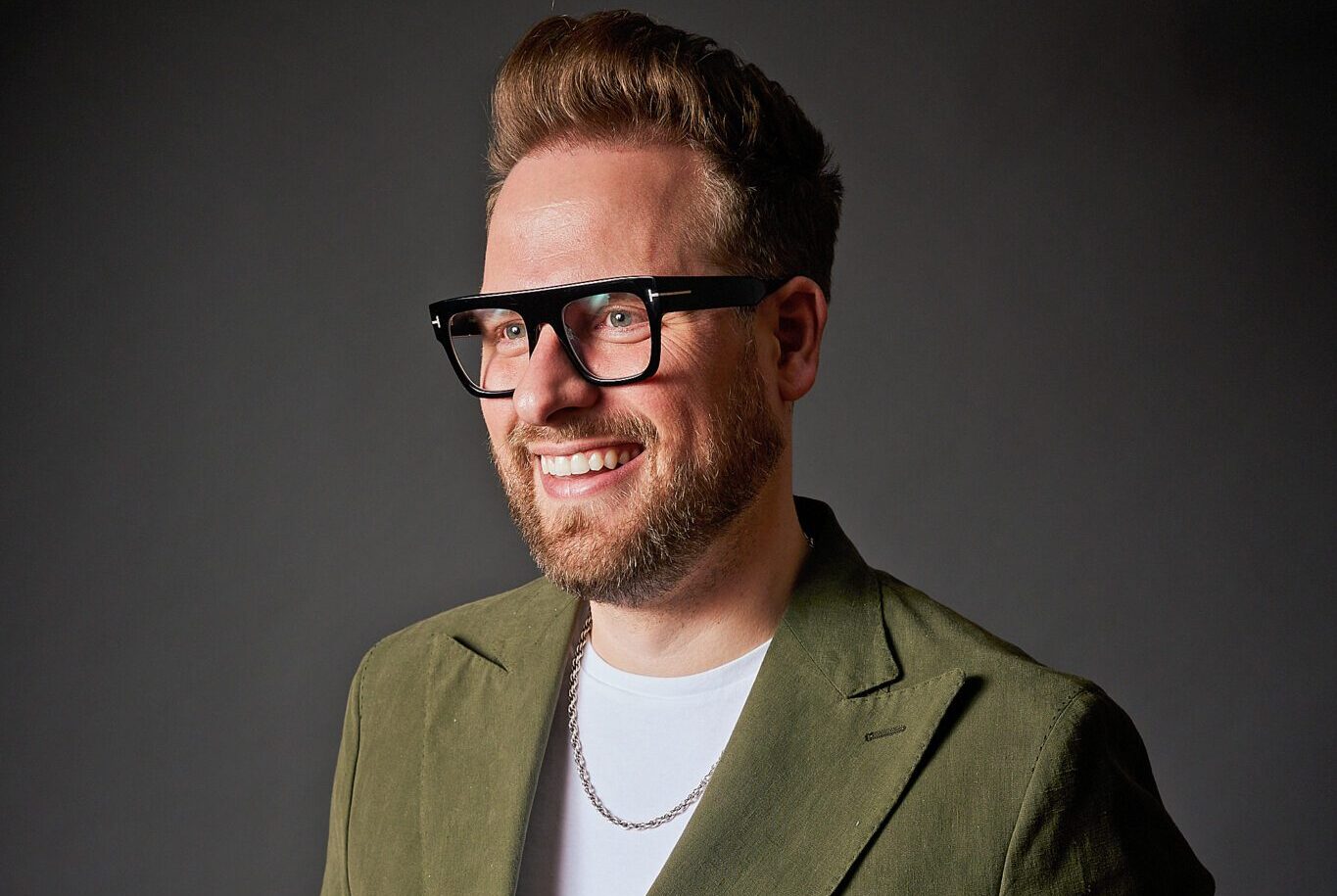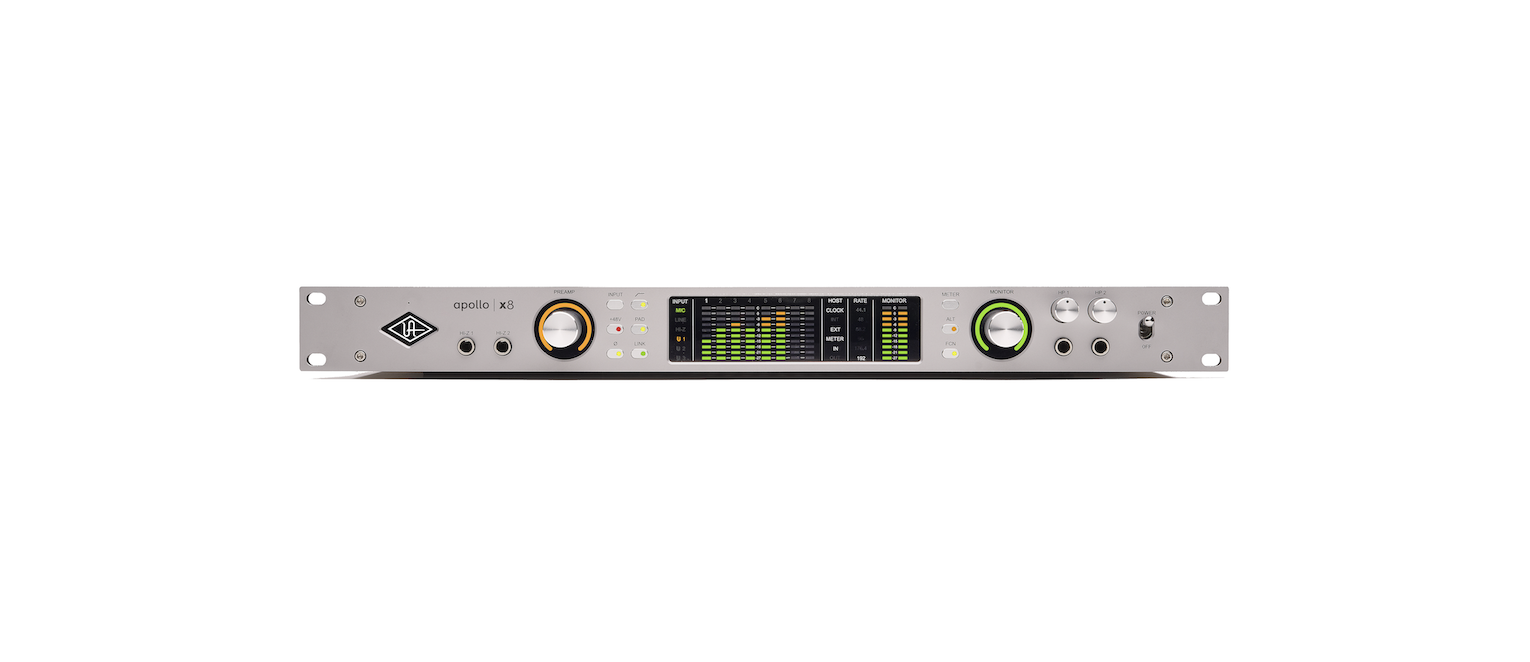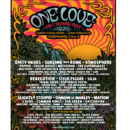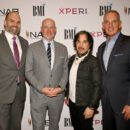Having grown up outside of Boston during less-than-accepting times, rapper, singer, musician, and performer Mz Neon was a child of the punk movement but she would eventually find her queer community when she relocated to New York. “Playing music saved my life, and I’ve always been doing different expressions of performing in bands or solo projects since that time—too many to mention,” she says.
Mz Neon didn’t formally transition until 2016, though she says that for a long time, she was the only gender-variant person in the punk world. Following her transition, she moved west to Los Angeles and truly found herself. That’s where she became Mz Neon, a role that she says she’s been preparing for her whole life.
Influences
I came of age in the late ‘90s and early 2000s in an era that virtually had no accessible trans representation. There were no “out” trans musicians outside of a very niche underground, but I was always enamored with female musicians who were very outspoken, abrasive, confrontational, and distinctly highly feminine in presentation. Clearly, that’s an archetype that I saw myself as, which wasn’t apparent to me at the time—Wendy O. Williams, who is a huge influence on me, clearly.
Nina Hagen, Grace Jones, Jordan (Vivienne Westwood’s early punk muse), Vivienne Westwood, Lydia Lunch, Lil’ Kim, Kembra Pfahler, Courtney Love, etc. Courtney, I remember, was sort of the catalyst of this archetype of women that I didn’t previously have exposure to in my youth. That was the first time I saw a woman “behaving badly” while being hyper-feminine—terrifying and vulnerable, so human, so fearless. That led me to discovering a lot of the other aforementioned female artists, but a lot of my influences go beyond music.
I did meet Jayne County very soon into moving to New York, right before she left, but the first trans woman who made the biggest impression on me was Amanda Lepore. She was probably the first trans woman I was aware of prior to living in N.Y.C. Her look was so surreal and so confrontational in this extremely glamorous trans human-type of way. She was like a surrealist painting, and she was very accessible I came to realize. I moved to New York and began working at Patricia Field in the early 2000s, where Amanda also worked.
Challenges
The biggest challenges facing trans artists have always been visibility. Speaking from personal experience, I’ve always felt this existential pressure to be more palatable. Meanwhile, the industry has always co-opted certain aesthetic things that I’ve personally done, or that my community has done in the underground, to make bland industry plant pop stars appear more edgy. That’s always felt really gaslighting to me because I’ve had to work so much harder to get a fraction as far as my cis counterparts. It is what it is.
I love seeing someone like Kim Petras become a household name. It helps that her music is very accessible, but it’s also genuinely good, and I love that. I think my music is accessible too, but it’s definitely more challenging and harder to pin down. That’s always been the most difficult thing for, let’s say, an algorithm to understand about what I do, and even people in PR, because I don’t fit any niche perfectly. But I also think that’s my superpower. I have a really diverse fanbase, with my core audience being the punk, Goth, industrial crowd. In recent years, I’ve been so blessed to be exposed to what I can only describe as the crossover culture of Gen Z, and there are so many trans artists of that generation that I’m learning from now.
I still feel like the industry hasn’t fully embraced us for what we bring to the table as artists. We’ve been tokenized to make institutions appear more woke in a lot of instances, but even that has given us that much more of a platform. Part of our come up is taking what we can get until we’re able to steer our own narratives more autonomously. The pendulum swings as it does... I feel like I’m exactly where I need to be, and the fact that I’m older is really an asset because so much history and experience lives in me. I do still feel so young in my own journey, and I hope to make a positive change from my vantage point. Having the opportunity to do this interview and any platforming of trans voices in this crucial era, where they’re trying to erase us, is so important.
Know Your History
Learn about those that came before and what it was like. Learn about Candy Darling; learn about Tracy Africa; learn about International Chrysis. Learn about the Fa’afafine of Samoa, or the Hijra of India, or the Katheoy of Thailand; the different representations of trans and gender nonconforming communities across other cultures.
Sometimes I think it’s easy to zoom in on all the minutiae of how chaotic and complex trans issues have been made to be seen and weaponized in our culture. I think having context for how we’ve always existed and continue to exist across all types of societies, political and religious norms, and even across our own political divide; it’s important to acknowledge that we come from all walks of life and we have a lot to teach the world.
Most people know that racism is bad, and we still have a long way to go with that. A lot of people feel that transphobia and discrimination towards our community is fully warranted. We’ve been scapegoated as a wedge issue by our administration; the first to be thrown under the bus and the last to be given basic human dignity. We deserve better. Trans rights are human rights, and I believe we serve as a test of faith. For me, this is my journey to experience the full spectrum of humanity. It’s a gift to have that insight. Being trans is a Christ-like experience simultaneously walking a path of the heretic. We are the ones who judge the least, while we are constantly judged. God works through us in mysterious ways, and I hope we can be a reminder of that above all things.
Visit instagram.com/mz_neon.
